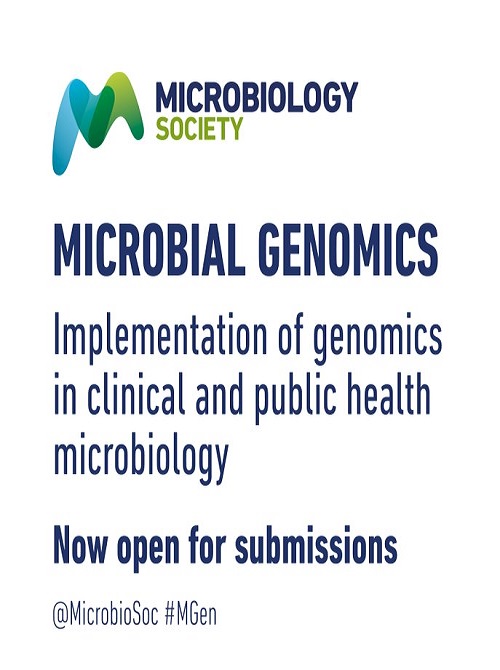Investigating the impact of insertion sequences and transposons in the genomes of the most significant phytopathogenic bacteria
IF 4
2区 生物学
Q1 GENETICS & HEREDITY
引用次数: 0
Abstract
Genetic variability in phytopathogens is one of the main problems encountered for effective plant disease control. This fact may be related to the presence of transposable elements (TEs), but little is known about their role in host genomes. Here, we performed the most comprehensive analysis of insertion sequences (ISs) and transposons (Tns) in the genomes of the most important bacterial plant pathogens. A total of 35 692 ISs and 71 transposons were identified in 270 complete genomes. The level of pathogen–host specialization was found to be a significant determinant of the element distribution among the species. Some Tns were identified as carrying virulence factors, such as genes encoding effector proteins of the type III secretion system and resistance genes for the antimicrobial streptomycin. Evidence for IS-mediated ectopic recombination was identified in Xanthomonas genomes. Moreover, we found that IS elements tend to be inserted in regions near virulence and fitness genes, such ISs disrupting avirulence genes in X. oryzae genomes. In addition, transcriptome analysis under different stress conditions revealed differences in the expression of genes encoding transposases in the Ralstonia solanacearum, X. oryzae, and P. syringae species. Lastly, we also investigated the role of Tns in regulation via small noncoding regulatory RNAs and found these elements may target plant-cell transcriptional activators. Taken together, the results indicate that TEs may have a fundamental role in variability and virulence in plant pathogenic bacteria.调查最重要的植物病原菌基因组中插入序列和转座子的影响
植物病原体的基因变异性是有效控制植物病害所遇到的主要问题之一。这一事实可能与转座元件(TE)的存在有关,但人们对它们在宿主基因组中的作用知之甚少。在这里,我们对最重要的细菌性植物病原体基因组中的插入序列(ISs)和转座子(Tns)进行了最全面的分析。在 270 个完整基因组中,共鉴定出 35 692 个 IS 和 71 个转座子。研究发现,病原体–宿主的特化程度是决定元素在物种间分布的重要因素。一些 Tns 被鉴定为携带毒力因子,如编码 III 型分泌系统效应蛋白的基因和抗菌素链霉素的抗性基因。在黄单胞菌基因组中发现了 IS 介导的异位重组的证据。此外,我们还发现,IS元件往往被插入毒力基因和适生基因附近的区域,这种IS破坏了X. oryzae基因组中的无毒基因。此外,不同胁迫条件下的转录组分析表明,编码转座酶的基因在 Ralstonia solanacearum、X. oryzae 和 P. syringae 物种中的表达存在差异。最后,我们还研究了 Tns 在通过小型非编码调控 RNA 进行调控中的作用,发现这些元件可能以植物细胞转录激活因子为目标。总之,研究结果表明,TEs 在植物病原菌的变异性和毒力方面可能起着根本性的作用。
本文章由计算机程序翻译,如有差异,请以英文原文为准。
求助全文
约1分钟内获得全文
求助全文
来源期刊

Microbial Genomics
Medicine-Epidemiology
CiteScore
6.60
自引率
2.60%
发文量
153
审稿时长
12 weeks
期刊介绍:
Microbial Genomics (MGen) is a fully open access, mandatory open data and peer-reviewed journal publishing high-profile original research on archaea, bacteria, microbial eukaryotes and viruses.
 求助内容:
求助内容: 应助结果提醒方式:
应助结果提醒方式:


